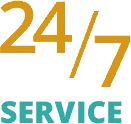Mold Inspection
MOLD INSPECTION
SERVING ALL OF LONG ISLAND
Mold Removal From Your House
 With experience and successful projects our Toxic Mold Inspection and Mold Testing is designed to help our clients discover, document, and understand mold-related issues through professional investigation, testing and analysis methods in conjunction with proven sampling strategies (e.g., microscopic vs. culturable analysis, culturable & non-culturable air sampling, surface sampling, tape lift sampling).
With experience and successful projects our Toxic Mold Inspection and Mold Testing is designed to help our clients discover, document, and understand mold-related issues through professional investigation, testing and analysis methods in conjunction with proven sampling strategies (e.g., microscopic vs. culturable analysis, culturable & non-culturable air sampling, surface sampling, tape lift sampling).
Such Mold & Toxic Mold Inspection, clearance testing and analysis must be accomplished with an effective chain of custody, meeting outlined and proven transport requirements, and in the end, all findings must be reported to the client in a professional manner. We only utilize the results of building material moisture surveys, boroscopic examination (if necessary) of wall cavities, and laboratory results to accurately define a mold problem.
Mold Inspection Process
- We send certified technicians to the property to do a full five point inspection
- We take air samples to check if there is mold in the air, and swab samples to check if there is mold on surfaces. We then check for possible water intrusion points that may lead to mold and take non-invasive moisture level measurements
- We take photographs of mold specimen sources and attach them to a “Chain of Custody” document; a procedure compliant with legal standards for evidence. Additionally, we use particle counters in and outside your home to determine the number of negative particles that are elevated indoor levels as compared to the outside.
- We use infrared imaging technology to clearly show mold that may be growing behind walls, and moisture readers to detect moisture damage to drywall, insulation and other materials in your property.
- Within 2-3 business days, we provide you with a detailed report and lab results. This report will advise on (1) whether there is a mold contamination; (2) severity of mold growth rate; (3) the recommended remediation steps to remove the mold; (4) instructions to prevent mold from reoccurring along with picture details, infrared and digital.
To summarize, this includes air testing, swab sampling, water intrusion inspection, moisture level measurement, photographs of mold sources, internal/external mold particle comparison, infrared technology hidden mold detection and damage assessment, and a detailed report summarizing lab results as well as recommended cure steps. Our service is intended to provide you with a thorough understanding of the conditions in your home.

Mold Remediation
Our Services Include
- Mold Testing of Surfaces and Air
- Leak Detection and Moisture Testing
- Infrared Inspection & Survey / Infrared Thermal Imaging Assessment
- Mold Assessment, Mold Mitigation and Consulting
- Removal and Remediation
- Water Damage Assessment and Mitigation
- Laboratory Analysis of Mold Samples Taken
- Complete Review of Findings and Laboratory Results
- Recommendations for Removal / Remediation ( If necessary )
The following are some of the potential property conditions which warrant a professional mold inspection:
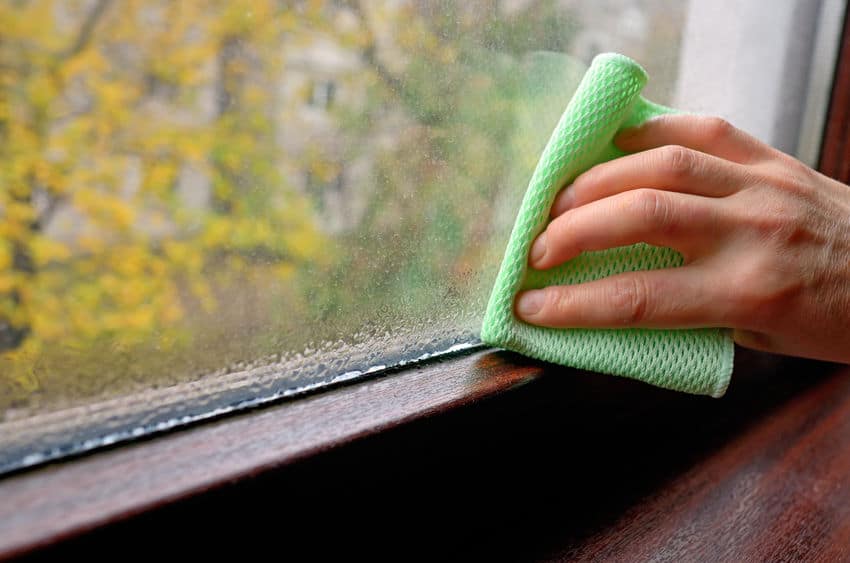
Frequent Condensation on Window
Cause: Improper window seal, moisture retention inside wall cavities, temperature-humidity regulation.
Consequences: Moisture seeps past window frame and into wall cavity causing water damage and mold growth inside wall.

Surface Mold On Window Sill
Cause: Improper window seal, moisture retention inside wall cavities, temperature-humidity regulation.
Consequences: Moisture seeps past window frame and into wall cavity causing water damage and mold growth inside wall.

Surface Mold Inside Window
Cause: Improper window seal, moisture retention inside wall cavities, temperature-humidity regulation.
Consequences: Moisture seeps past window frame and into wall cavity causing water damage and mold growth inside wall.
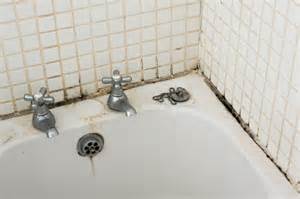
Bathtub/Shower Mold
Cause: Water leaks due to cracked or inadequately sealed grout, plumbing leas inside wall, etc.
Consequences: Mold comes back with a few days after cleaning, severe water damage, degradation of construction materials, and mold growth inside wall cavities.
Goals of Our Mold Investigation:
- Determine if there is a mold or toxic mold infestation problem
- Determine the cause of the mold or toxic mold infestation problem
- Determine the extent of the mold or toxic mold infestation problem
Types of Mold Testing Include:
- Air Testing using Air Cassettes
- Wall Check Cassettes
- Carpet Check Cassettes
- Bulk, Swab & Wipe Samples
- Tape Lift Samples
- Clearance Testing
Mold often grows behind walls and inside ceiling and floor cavities long before it is ever detected. By the time you start smelling an unpleasant odor, rest assured mold has been growing somewhere for some time and every day is growing more. If you suspect you have mold growing indoors, the time to act is sooner rather than later.
Inspection Testing and Equipment:
- Air and moisture tests
- Swab sample
- Surface sampling
- Dust sampling
- Tape lift sampling
- Inner wall checks
- Laser particle counters
- Hyrometers
- Optic borescopes
- Leak detection
- Thermal imaging(infrared)
We work with the most skilled, equipped and accredited labs. Analytical accuracy and fast turnaround is our top priority. All mold & toxic mold tests and samples are sent to an accredited laboratory to perform an analysis and most results are available to the client within 48–72 hours.
Mold Testing Involves Collecting Samples:
- Identify the type of mold present
- Quantify the level of mold present
Most Common Types of Samples Used in a Mold Inspection:
- Surface samples (testing mold growth on surfaces)
- Air samples (testing airborne mold spores)
- Dust samples (mold DNA analysis)
Primary Objectives of Mold Sampling:
- Confirm or rule out the probability that mold is originating from a suspect condition indoors
- Assess the potential for property damage caused by mold without invasive procedures
- Assess the potential negative impact of mold on indoor air quality
*Our client reports are digital, organized, easy to read and well documented.
More exaples of the potential property conditions which warrant a professional mold inspection:
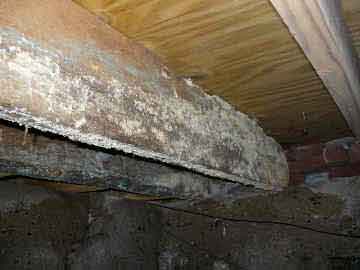
Mold, Dry Rot, Water Damage on Eaves
Cause: Damaged or improperly installed roofing paper or tiles.
Consequences: Severe water damage, degradation of construction materials, and water damage and mold growth spreading under shingles, onto sub-roof materials.
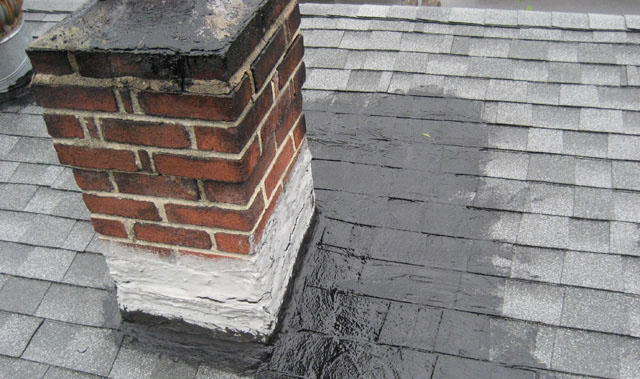
Roof Leak
Cause: Damaged or improperly installed shingles.
Consequences: Water damage and mold growth spreading under shingles, eventual on attic and interior construction materials.
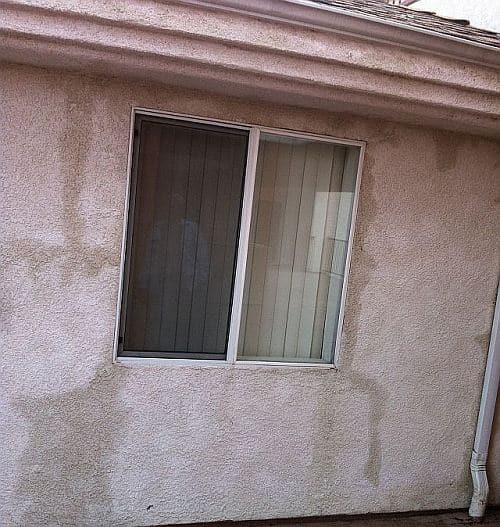
Over-Exposure to Water on Stucco
Cause: Sprinklers, poor drainage, excessive ground water, covered weep screed, etc.
Consequences: Water damage and mold growth on stucco and inner-wall materials and interior walls of the structure.




